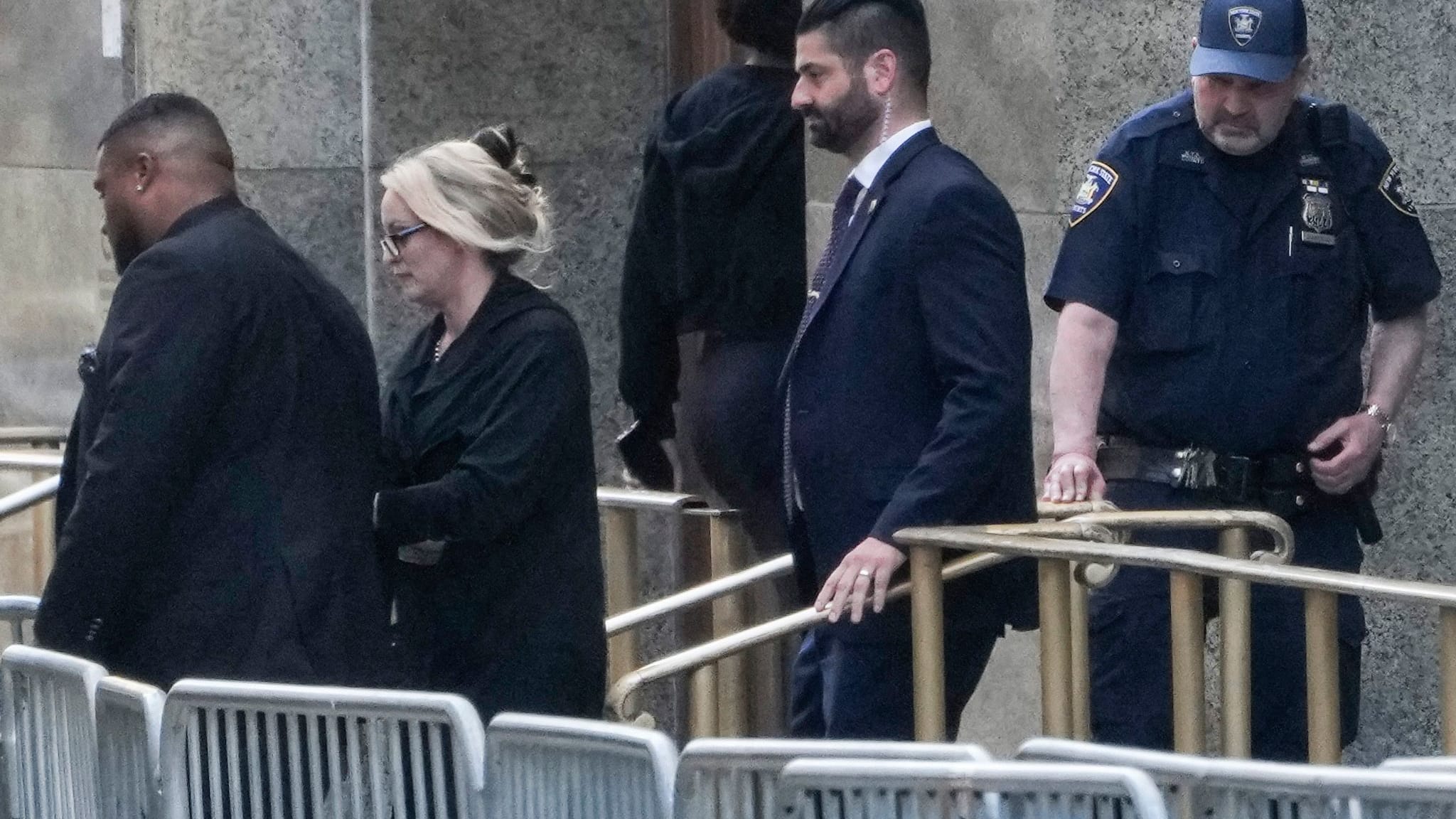I started the new Netflix series “Ripley” as a decided skeptic.
The show’s source material, “The Talented Mr. Ripley” by Patricia Highsmith, is one of my desert island books. The novel is a sui generis portrayal of a character without apparent conscience, but whom we nonetheless feel great attachment to. Other writers have been trying and failing to write Ripley-esque novels for generations.
Previous adaptations of “The Talented Mr. Ripley,” such as the 1999 film starring Matt Damon as the titular character, have not necessarily been terrible, but they also have failed to truly capture the essence of the indelible character Highsmith put into the world.
“Ripley,” written and directed by Steven Zaillian, and starring Andrew Scott, demolished my skepticism. It is a stunning success in terms of transferring the spirit and impact of the book to the screen.
The chief challenge of filming Ripley’s story is that the novel is narrated by Ripley himself, giving readers insights into the mind and behaviors of a man who cares little for others. In his 1999 review of “The Talented Mr. Ripley,” Roger Ebert calls Damon’s Ripley a “monster,” which is true in the external sense, but is not how Ripley is experienced in the novels when events are rendered through Ripley’s point of view.
With the interiority of the novel form removed, providing the audience a deep understanding of Ripley is a monumental task.
One clear advantage over a two-hour movie is that “Ripley” the series unfolds over eight episodes, giving us a chance to establish greater intimacy with the character. There are numerous scenes where we’re asked to watch Ripley alone on the screen, and the stunning black and white cinematography and Zaillian’s painter-like framing of each scene prove immersive.
The atmosphere of the visuals and the extended time that’s allowed for unfolding Ripley’s trajectory draw us into a foreign and stylized world. We follow Tom Ripley from his rat-infested New York apartment, as he gets by on petty schemes, to Italy, where he hooks up with the trust fund dilettante Dickie Greenleaf, ostensibly to persuade him to return to the U.S. at the behest of Dickie’s father.
Tom quickly sees an opportunity in ingratiating himself with Dickie while claiming to Dickie’s father that he’s working for Dickie’s return. After years of knowing in the abstract that money is the key to life, Ripley sees up close what kind of life money allows for, and he will not be returning to his previous impoverished existence.
The combination of script and Scott’s performance results in the same effect as Highsmith’s first-person narration in the novel. We understand where this so-called “monster” is coming from, to the point where even his most terrible actions do not seem so monstrous.
Scott’s portrayal is an absolute marvel in its layering. Ripley the character is always performing for the people he’s interacting with, often awkwardly, even poorly at times early on as he is weird with Dickie and Dickie’s girlfriend Marge (Dakota Fanning).
But as Ripley familiarizes himself with the character he is becoming, he grows more and more comfortable in the milieu of the ultra-wealthy, and Scott’s performance grows with it. It is as if one mask is falling as another slips into place. Occasionally, sparked by the vestigial rage of his previous poverty, the mask slips — as in a scene where Ripley faces off with a police inspector — and the tension is delicious.
Many books are successfully adapted for the screen by altering the essence of the original to accommodate the different medium. In this case, Zaillian uses the unique properties of film to nail Highsmith’s original exactly.
John Warner is the author of “Why They Can’t Write: Killing the Five-Paragraph Essay and Other Necessities.”
Book recommendations from the Biblioracle
John Warner tells you what to read based on the last five books you’ve read.
1. “The Extraordinary Life of Sam Hell” by Robert Dugoni
2. “The Storm We Made” by Vanessa Chan
3. “An American Dreamer: Life in a Divided Country” by David Finkel
4. “Mad Honey” by Jodi Picoult and Jennifer Finney Boylan
5. “The Little Liar” by Mitch Albom
— Tricia K., Oak Lawn
I think Tricia will be well-served by Gail Honeyman’s “Eleanor Oliphant is Completely Fine.”
1. “The Code Breaker: Jennifer Doudna, Gene Editing, and the Future of the Human Race” by Walter Isaacson
2. “Killing Crazy Horse” by Bill O’Reilly and Martin Dugard
3. “Holmes, Marple, and Poe” by James Patterson
4. “Total Control” by David Baldacci
5. “Suspect” by Scott Turow
— Mike P., DeKalb
I think Mike will enjoy the long and involving journey through Larry McMurtry’s western epic, “Lonesome Dove.”
1. “Demon Copperhead” by Barbara Kingsolver
2. “When She Was Good” by Philip Roth
3. “The Stories of John Cheever” by John Cheever
4. “Solo Faces” by James Salter
5. “The Bee Sting” by Paul Murray
— Sean M., Chicago
Sean’s list is a job for Walker Percy’s indelible novel of the search for meaning, “The Moviegoer.”
Get a reading from the Biblioracle
Send a list of the last five books you’ve read and your hometown to biblioracle@gmail.com.





